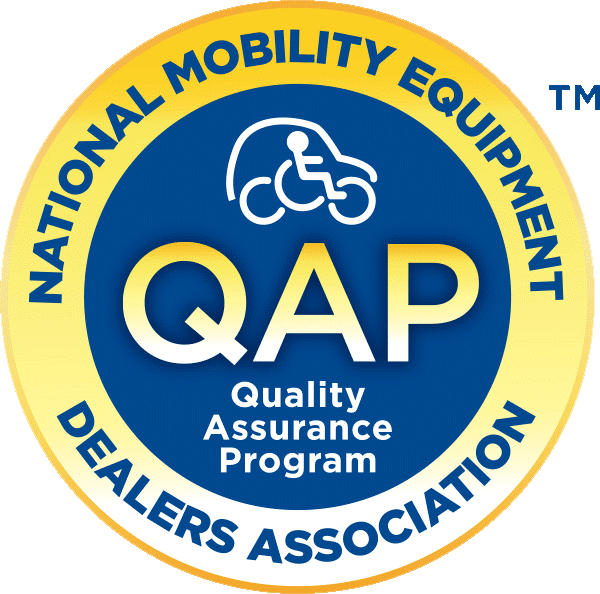Clinician’s Guide to Assessing and Counseling Older Drivers, 3rd Edition, “Vision is the primary sense utilized in driving, and is responsible for 95% of driving related inputs.” Your vision can be affected by a number of diseases, as well as aging. There are many aspects of vision that need to be considered for driving, including: acuity, visual fields, and perception.*
- Visual Acuity/Low Vision: Visual acuity can be affected by a number of eye diseases and genetic conditions. Corrected (i.e. wearing glasses or contacts) visual acuity less than 20/40 may impact driving and will likely trigger a medical review by the state.
Some states, including Virginia, will consider the use of a bioptic lens system for low-vision driving. Discuss your options with your eye care professional. Also take time to research the laws governing low-vision drivers in your state.
- Cataracts: Cataracts are the clouding of the eye lens. Most are due to aging and are common in older people. According to the National Eye Institute, “By age 80, more than half of all Americans either have a cataract or have had cataract surgery.”
Cataracts cause the lens to be cloudy. Symptoms of cataracts while driving include:
- Objects looking blurry
- Problems with glare recovery (i.e. due to oncoming headlights and light reflected by rain)
- Poor night vision
- Possible double vision
If any of the above symptoms are affecting your driving ability, be sure to have a conversation with your eye care professional regarding possible medical interventions. You might also consider evaluation from a driving rehab specialist. Auto adaptive equipment and/or techniques may be recommended to increase function and safety.
- Diabetic Retinopathy: See section on Diabetes
- Macular Degeneration: Macular degeneration blurs your central vision, which is needed for “straight-ahead” activities (including driving). The loss of central vision can interfere with safe driving. Difficulty seeing road signs, traffic, and pedestrians might mean that macular degeneration is affecting your ability to drive safely.
Talk to your eye care professional about driving. You might also consider evaluation from a driving rehab specialist. Auto adaptive equipment and/or techniques may be recommended to increase function and safety.
Visual Fields: Visual fields can be affected by a number of conditions, including hemianopia and quadrantanopia, which can occur following a stroke or brain injury. Both occur when the optic tract or the occipital lobe of your brain is damaged. The amount and location of the visual field loss will determine if you are a candidate for return to driving.**
*Visual acuity requirements vary from state to state. You need to check with your state to determine if you are eligible for a driver’s license.
** Visual field requirements vary from state to state. Check with your state licensing board about regulations. Your ability to compensate for field loss should be evaluated by a driving rehab specialist.

At the Driver Rehabilitation Center of Excellence, our mission is to provide you with the highest quality individualized services, so that together we will find the best solution to meet your unique driving and community mobility needs. Our goal is to maximize your independence allowing you to reach your greatest potential.


Recent News
 Buying a Wheelchair Accessible Vehicle? You MUST Know This First!January 29, 2024 - 3:05 pm
Buying a Wheelchair Accessible Vehicle? You MUST Know This First!January 29, 2024 - 3:05 pm Towing with Your Wheelchair Accessible VehicleFebruary 28, 2024 - 12:43 pm
Towing with Your Wheelchair Accessible VehicleFebruary 28, 2024 - 12:43 pm Professional network promoting excellence in the field of driver rehabilitationApril 5, 2022 - 3:42 pm
Professional network promoting excellence in the field of driver rehabilitationApril 5, 2022 - 3:42 pm
Contact Us
(703) 345-2990
Fax: (703) 378-4900
14101 Parke Long Ct.
Suite E
Chantilly, VA 20151

